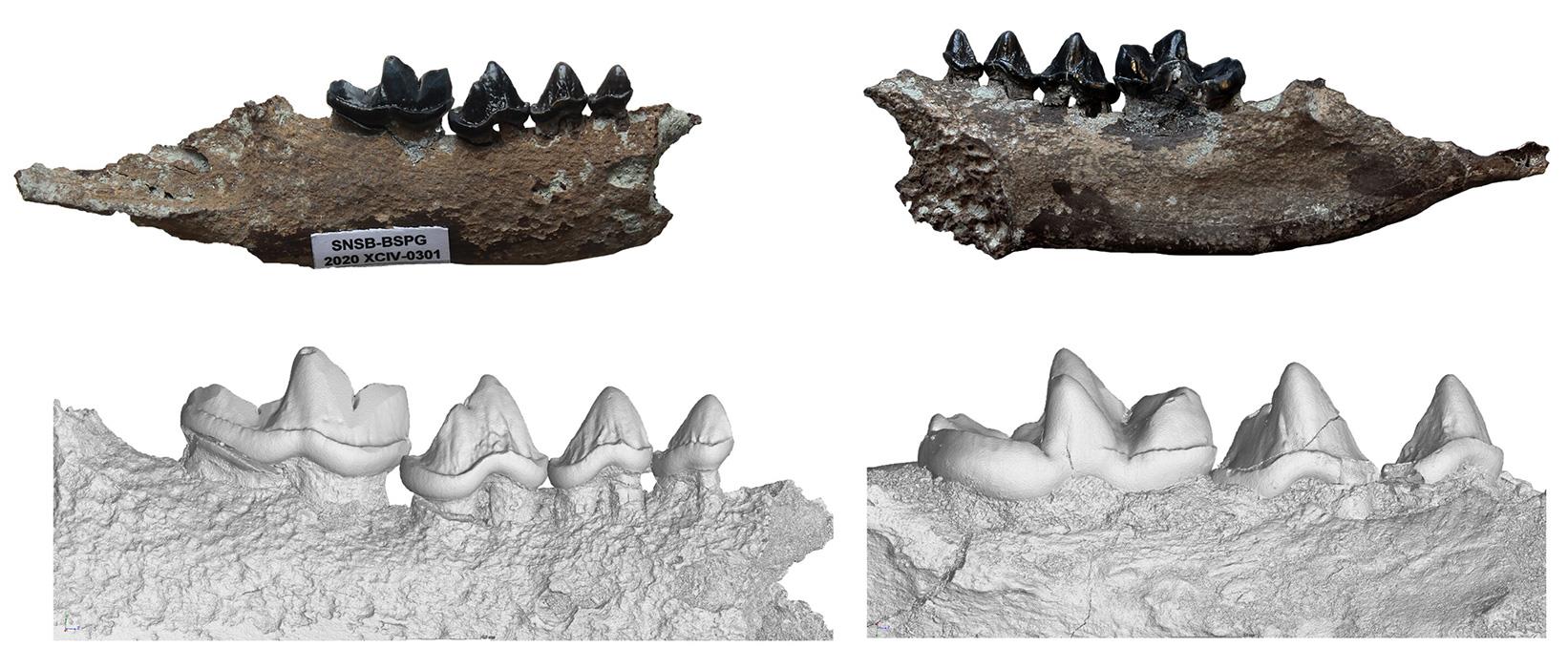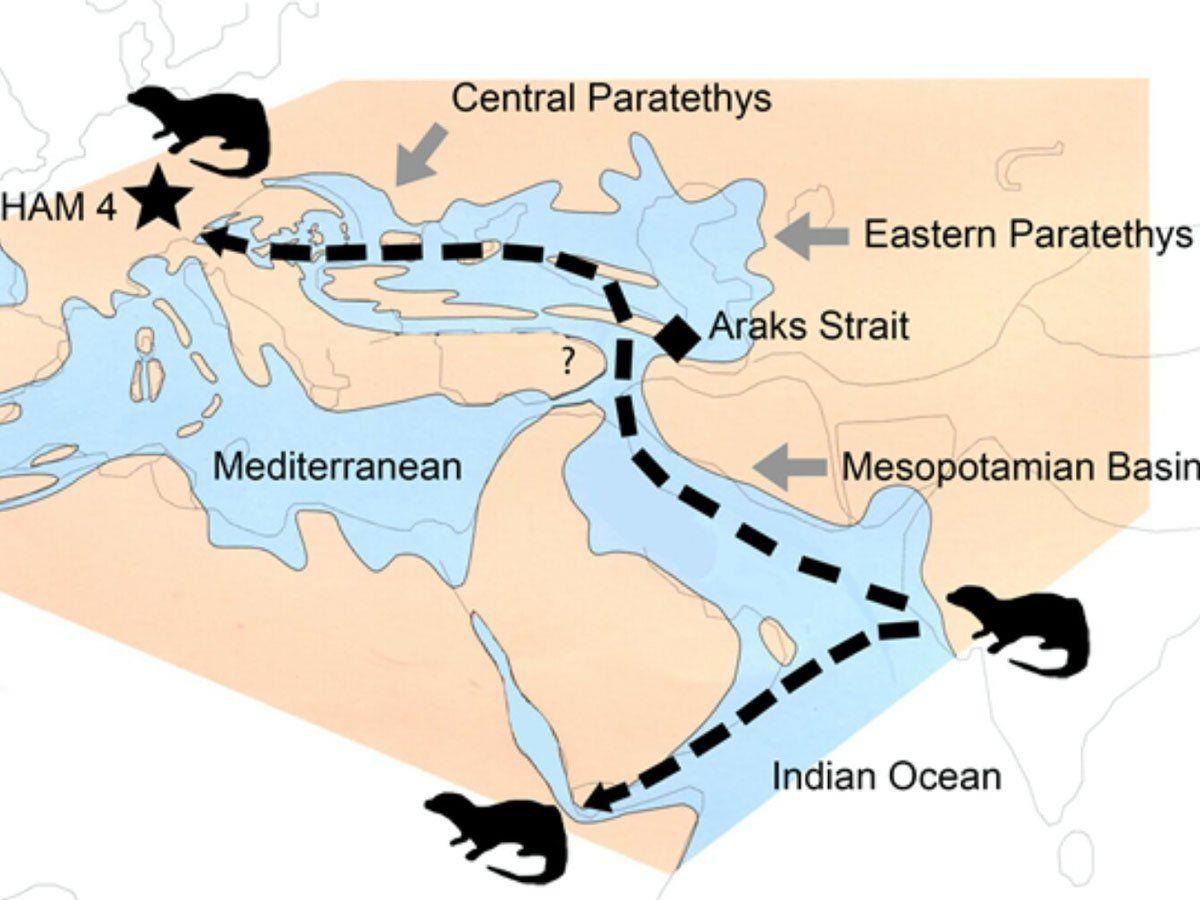(MENAFN- BreezyScroll)
A new species of the now-extinct Vishnuonyx genus was found in Germany. Here’s all about the mysterious giant otter.
What is Vishnuonyx?

Vishnuonyx was a mid to large-sized otter that was once common in the rivers of southern Asia. These otters lived about 14 and 12.5 million years ago. Their fossils were first discovered in the foothills of the Himalayas. However, a newly found fossil places them as far as Germany. This marks the first discovery of any Vishnuonyx genus in Europe. Additionally, it is the most western and northern record to date.
The new fossil discovery is described in the Journal of Vertebrate Paleontology . The team of researchers from the University of Tübingen and the University of Zaragoza discovered the previously unknown fossil. The researchers named it Vishnuonyx neptuni or, Neptune’s Vishnu. Other known relatives include Vishnuonyx angololensis in Africa and Vishnuonyx chinjiensis in Asia. However, Neptune’s Vishnu otters are intermediate in size and morphology compared to the other two.
“Recent finds showed that Vishnu otters reached East Africa about 12 million years ago. The discovery is the first evidence that they also occurred in Europe — possibly spreading from India throughout the entire Old World. The discovery is the first evidence that they also occurred in Europe — possibly spreading from India throughout the entire Old World,” said Dr. Nikolas Kargopoulos. Dr. Kargopoulos is a paleontologist at the Eberhard Karls University of Tübingen’s Geoscience department.
More on the incredible discovery

They found it in a 1.4 million-year-old strat in Hammerschmiede. Hammerschmiede is a fossil site in Bavaria that has been studied extensively for the past 50 years. They believe it first reached southern Germany through the Ancient Guenz before it made it to Hammerschmiede.
“The newly formed mountain ranges from the Alps in the west to the Iranian Elbrus Mountains in the east separated a large ocean basin from the Tethys Ocean, the forerunner of the Mediterranean and the Indian Ocean. This created the Paratethys, a vast Eurasian body of water that extended from Germany to beyond today's Aral Sea in Kazakhstan. About 12 million years ago, it had only a narrow connection to the Indian Ocean, the so-called Araks Strait in the area of modern-day Armenia,” he explained.
“We assume that Vishnuonyx neptuni followed this connection to the west and reached southern Germany, the Ancient Guenz, and the Hammerschmiede via the emerging delta of the Ancient Danube to the west of what is now the city of Vienna.” added the researchers.
Vishnuonyx
MENAFN21092021005762012635ID1102838306
Legal Disclaimer:
MENAFN provides the information “as is” without warranty of any kind. We do not accept any responsibility or liability for the accuracy, content, images, videos, licenses, completeness, legality, or reliability of the information contained in this article. If you have any complaints or copyright issues related to this article, kindly contact the provider above.